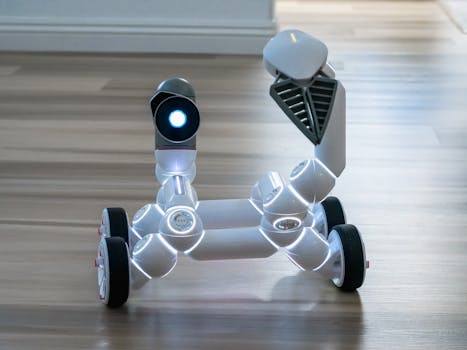
Smart Homes 2025: The Rise of AI-Driven Devices
Smart Homes 2025: The Rise of AI-Driven Devices is a revolutionary concept that is transforming the way we live, work, and interact with our living spaces. With the integration of Artificial Intelligence (AI) and Internet of Things (IoT) technology, smart homes are becoming increasingly sophisticated, efficient, and automated.
Introduction to Smart Homes
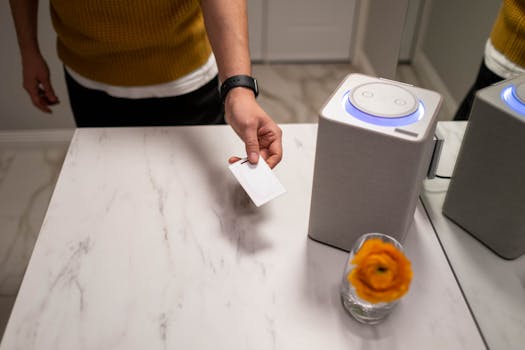
A smart home is a residence that is equipped with advanced technology and devices that can be controlled and monitored remotely using a smartphone, tablet, or computer. These devices can include lighting, temperature, security, and entertainment systems, among others. The primary goal of a smart home is to provide a comfortable, convenient, and secure living environment for its occupants.
The Role of AI in Smart Homes

AI plays a vital role in smart homes, enabling devices to learn and adapt to the occupants’ habits and preferences. AI-driven devices can analyze data from various sources, such as sensors, cameras, and microphones, to optimize energy consumption, detect anomalies, and predict maintenance needs. For example, an AI-powered thermostat can learn a household’s temperature preferences and adjust the temperature accordingly, while also optimizing energy consumption.
AI-Driven Devices in Smart Homes
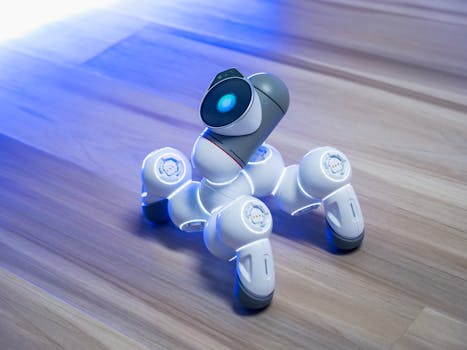
Some examples of AI-driven devices in smart homes include:
- Smart speakers with virtual assistants, such as Amazon Alexa or Google Assistant
- AI-powered security cameras that can detect and recognize faces, objects, and anomalies
- Smart thermostats that can learn and adapt to a household’s temperature preferences
- AI-driven lighting systems that can adjust brightness and color based on the time of day and occupancy
- Smart home hubs that can integrate and control multiple devices and systems
Benefits of AI-Driven Smart Homes
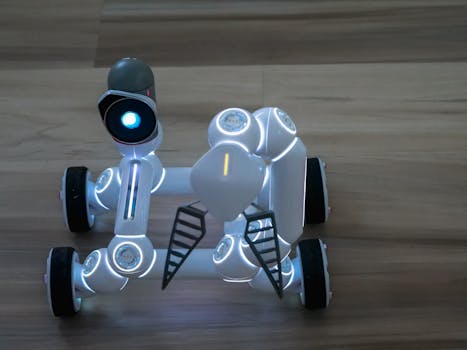
The benefits of AI-driven smart homes are numerous, including:
- Increased convenience and comfort
- Improved energy efficiency and reduced energy consumption
- Enhanced security and safety
- Personalized experiences and tailored recommendations
- Increased property value and appeal
Challenges and Limitations of AI-Driven Smart Homes
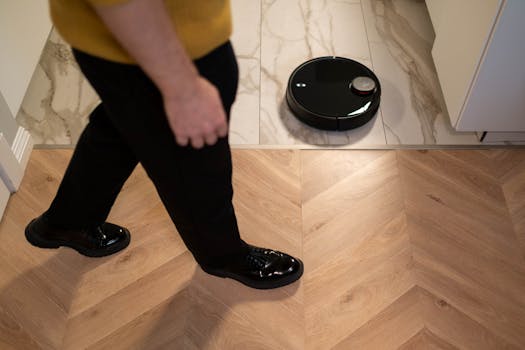
While AI-driven smart homes offer many benefits, there are also challenges and limitations to consider, such as:
- High upfront costs and investment requirements
- Complexity and difficulty in integrating multiple devices and systems
- Concerns about data privacy and security
- Potential for device malfunction or failure
- Need for continuous software updates and maintenance
Conclusion
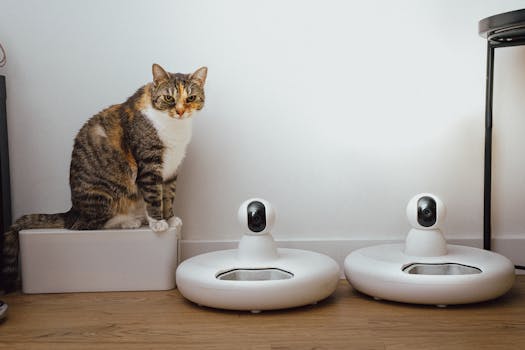
In conclusion, Smart Homes 2025: The Rise of AI-Driven Devices is a revolutionary concept that is transforming the way we live, work, and interact with our living spaces. With the integration of AI and IoT technology, smart homes are becoming increasingly sophisticated, efficient, and automated. While there are challenges and limitations to consider, the benefits of AI-driven smart homes are numerous, and the future of home automation looks bright.






